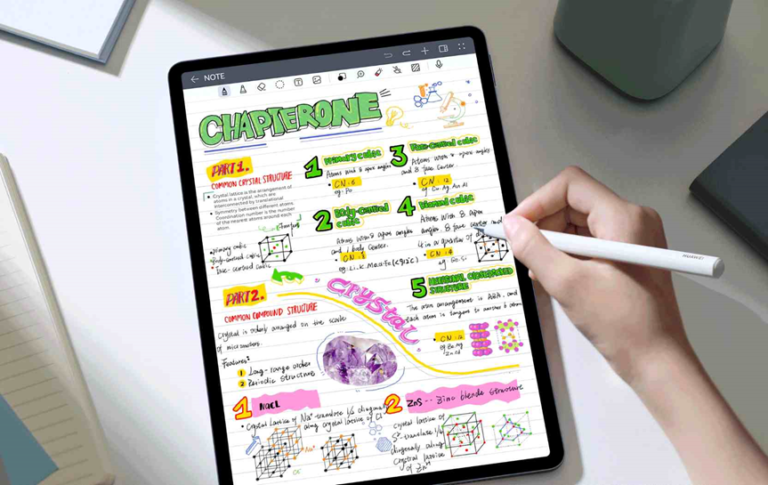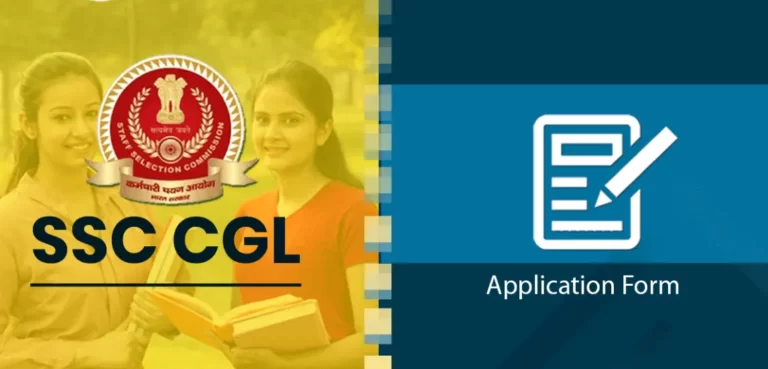Admission Management System vs. Traditional Methods: A Comparative Analysis

The process of admitting students into educational institutions has evolved significantly over the years. While traditional methods have been the norm for centuries, modern technology has introduced Admission Management Systems as a viable alternative. In this comparative analysis, we will explore the differences between Admission Management System and traditional methods to understand the advantages and disadvantages of each approach.
Traditional Methods:
Traditional admission processes involve manual paperwork, physical forms, and in-person interactions. Here are some key aspects of traditional methods:
1. Paper-Based Applications:
Applicants are required to fill out physical application forms, which can be time-consuming and cumbersome. These forms must be submitted in person or via mail.
2. Administrative Burden:
Administrative staff are responsible for manually processing and organizing a large volume of paper applications, resulting in potential errors and delays.
3. Limited Accessibility:
Traditional methods may not be accessible to applicants from distant locations, as physical presence may be required for various stages of the admission process.
4. Communication Challenges:
Communication between institutions and applicants is primarily through postal mail or in-person interactions, which can be slow and less efficient.
5. Lack of Data Analytics:
Traditional methods do not provide real-time data insights, making it challenging for institutions to track application trends or identify bottlenecks in the admission process.
Admission Management Systems:
Admission Management System is a digital solution designed to streamline and automate the admission process. Here are the advantages and features of Admission Management Systems:
1. Online Application Submission:
Applicants can submit their materials online, eliminating the need for physical paperwork and allowing for quick and convenient submissions from anywhere in the world.
2. Efficiency and Accuracy:
Automation reduces the chances of errors, resulting in more accurate applicant information. This, in turn, saves time and resources for administrative staff.
3. Enhanced Communication:
Admission Management Systems offer communication tools, such as automated email notifications and messaging capabilities, ensuring prompt and transparent communication between institutions and applicants.
4. Real-Time Analytics:
Institutions can access real-time analytics and reporting tools, allowing them to track application trends, identify bottlenecks, and make data-informed decisions for process optimization.
5. Document Management and Security:
Digital storage of applicant documents ensures security and minimizes the risk of document loss or misplacement. Data encryption and access controls protect sensitive information.
6. Scalability:
School Admission Management Software are highly scalable and can adapt to the volume of applicants, making them suitable for institutions of all sizes.
7. Customization:
Institutions can customize application forms and workflows to align with their specific admission requirements, ensuring a seamless fit with existing processes.
8. Cost Savings:
While there may be an initial investment in implementing an Admission Management System, the long-term cost savings are significant. Reduced administrative workload, lower paper and printing expenses, and improved efficiency contribute to a substantial return on investment over time.
9. Accessibility:
Online submissions make the admission process accessible to applicants worldwide, eliminating geographical barriers.
10. Sustainability:
By moving toward paperless operations, Admission Management Systems contribute to sustainability efforts, reducing the environmental impact associated with paper-based processes.
11. Future-Proofing:
Admission Management Systems are designed to evolve with changing needs and technology trends, ensuring that institutions remain competitive and efficient.
In conclusion, the comparative analysis between Admission Management Systems and traditional methods highlights the numerous advantages of adopting digital solutions. While traditional methods have their historical significance, the modern educational landscape demands efficiency, accessibility, and data-driven decision-making. Admission Management Systems offer a streamlined, cost-effective, and environmentally friendly approach to the admission process, ultimately benefiting both educational institutions and applicants. Embracing technology in admissions is not just about keeping up with the times; it’s about creating a more efficient and transparent process that sets the stage for a successful educational journey.




